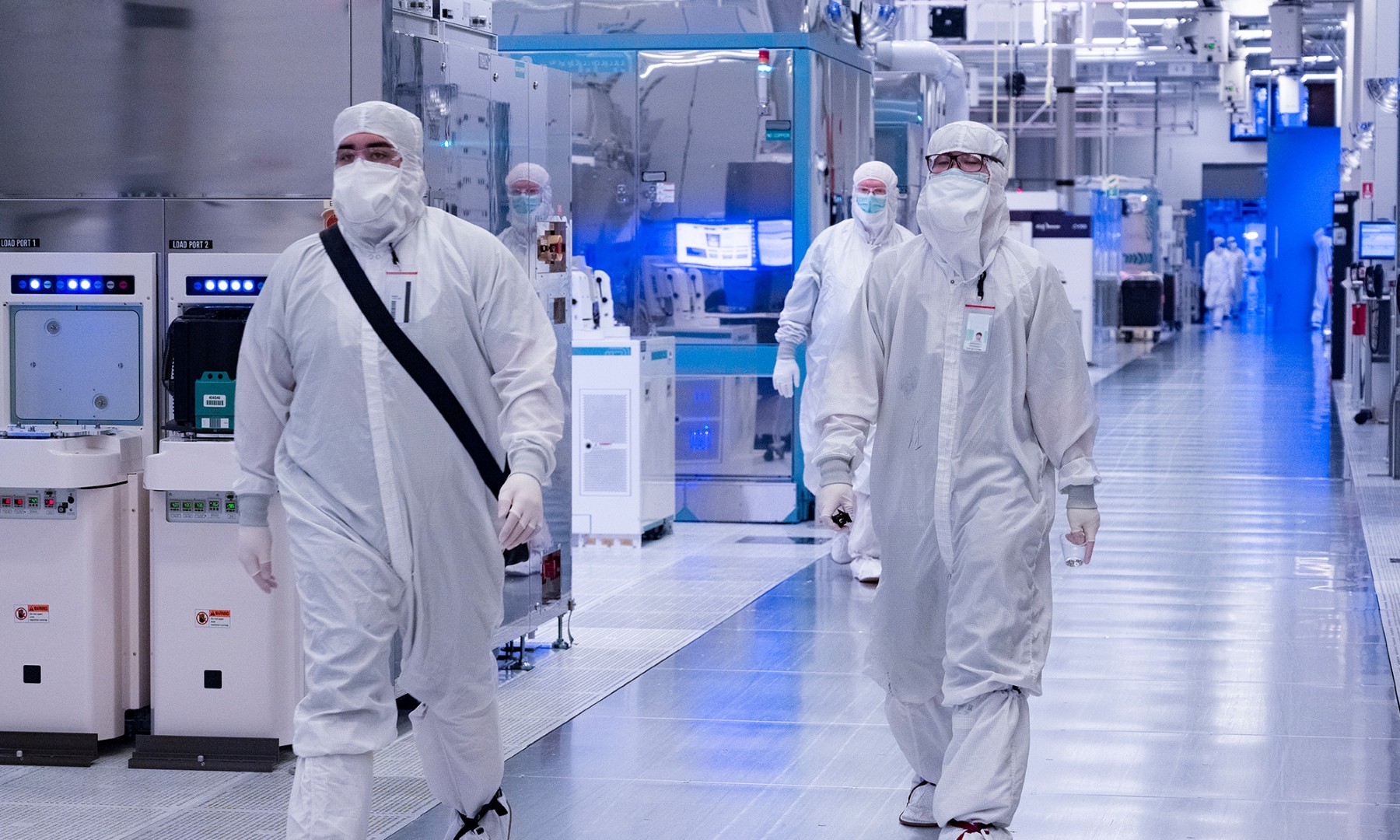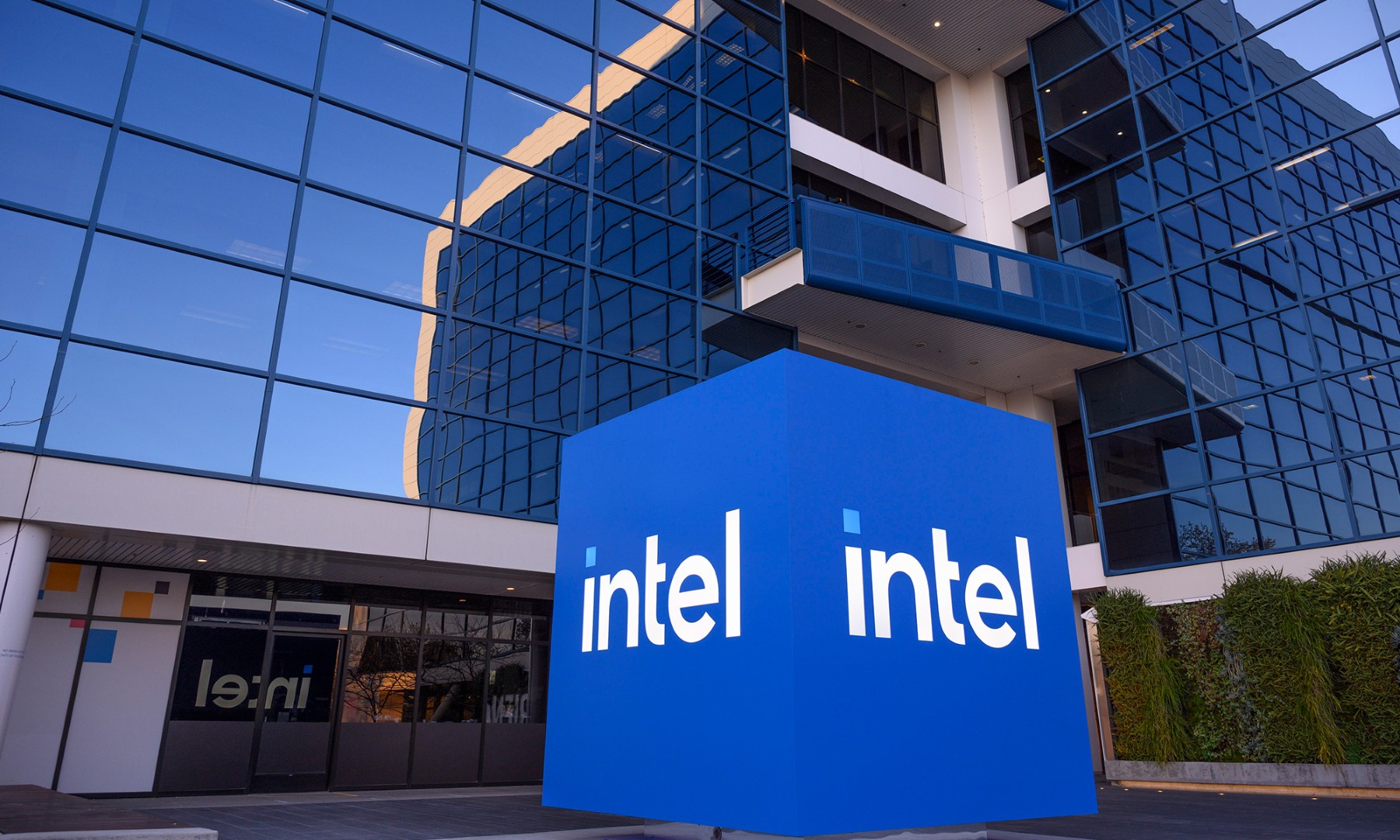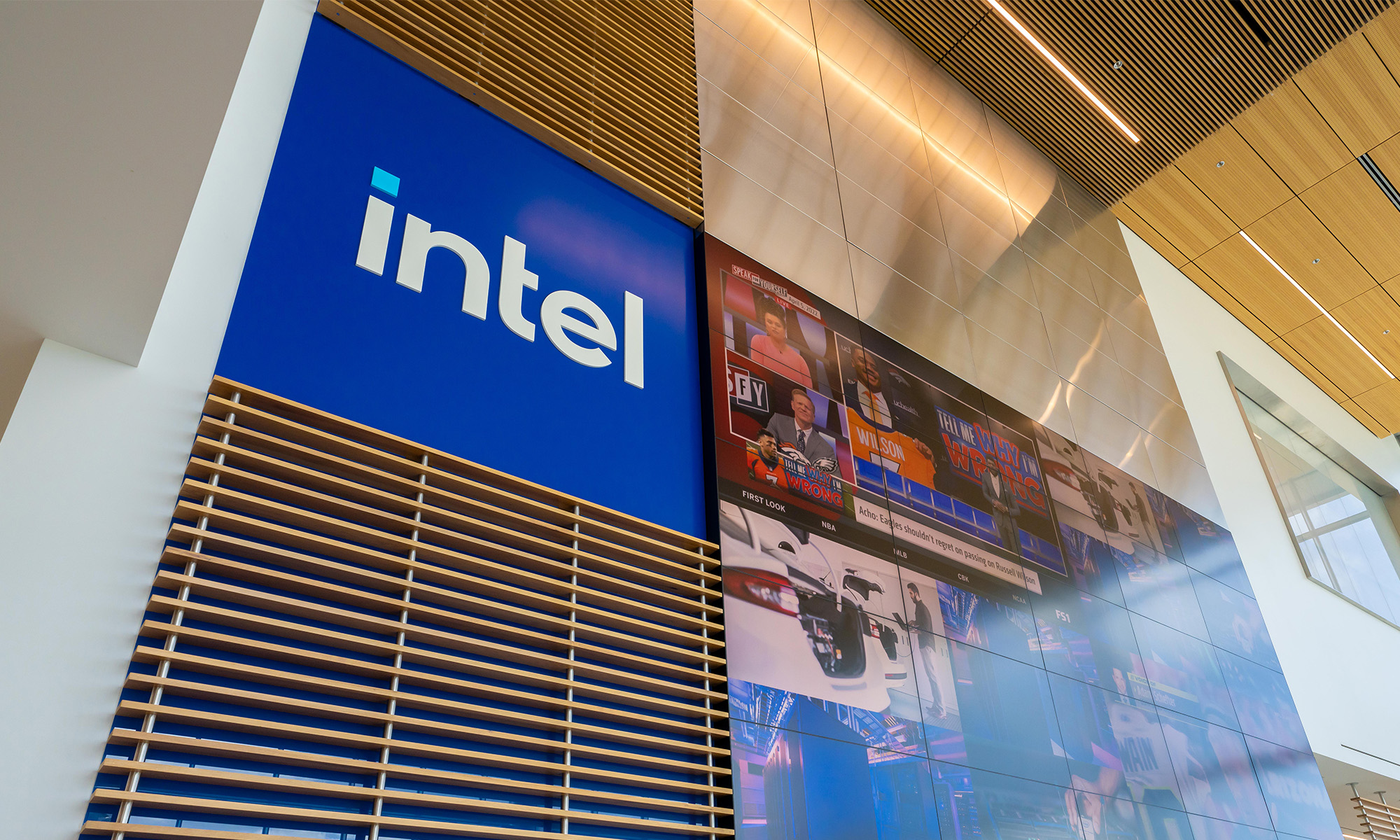Intel (INTC +6.92%) chief engineering officer Murthy Renduchintala has said repeatedly that one way that the company plans to do its part to stabilize the declining personal computer market is to try to build compelling enough chips and platforms to entice customers to upgrade to new computers more quickly than they otherwise would have.
Although it's not clear how much of an impact a faster pace of innovation will ultimately have on the company's personal computer chip sales, that thinking is healthy and ultimately the right mentality for the company and its executives to have.

Image source: Intel.
In this column, I'd like to go over one way that Intel can potentially speed up the rate at which it delivers innovative new products and technologies to the market.
So, about all that integration...
Intel has made it clear that it plans to aggressively integrate technologies to perform tasks that were previously handled by discrete chips. For example, later this year and early next year, Intel will reportedly launch platforms with integrated USB 3.1 Gen2 and Wi-Fi/Bluetooth functionality.
This increased level of integration opens a couple of interesting ways for the company to speed up its pace of innovation, to the benefit of both its personal computer chip businesses and to its customers' personal computer businesses.
First, Intel can benefit from continuing to integrate additional technologies and features into its platforms over time. That integration is a win-win, as it allows Intel to potentially capture additional personal computer wallet share while at the same time delivering cost/power consumption benefits to its customers.
Indeed, enabling functionality via multiple stand-alone chips may lead to larger logic boards, greater power consumption, and higher costs than integrated solutions can potentially deliver.
Beyond the benefits that come from simply integrating functionality, that integration gives Intel a broader set of vectors upon which it can iterate.
As an example, since Intel's PCH chips will soon include features like Wi-Fi/Bluetooth, Intel could potentially iterate on those technologies at a rapid clip -- perhaps even annually! That way, when Intel comes to market with a new processor and accompanying platform, it isn't just trying to sell improvements in processing power. Instead, it's selling improvements in processing power, wireless and wired connectivity, and potentially more.
Now, most of Intel's personal computer platform business consists of sales to system vendors who then build computers around those platforms, but the point still stands: Intel's personal computer partners can advertise new systems with interesting new capabilities each year without having to incur the trade-offs associated with using stand-alone, third-party chips to enable that functionality.
Foolish takeaway
One thing that really encourages me about Intel hiring somebody like Murthy Renduchintala, an executive with substantial experience in the mobile chip industry, is that the mobile processor industry thrives on increased integration and rapid iteration of the various technologies integrated into the chips.
If Intel can bring that kind of rapid innovation to its personal computer products on an annual basis, then the personal computer industry might become much more exciting in the years ahead. Who knows if substantially more exciting products could ultimately help boost industrywide personal computer sales, but given Intel's high dependence on sales of chips into the personal computer market, it had better try.






